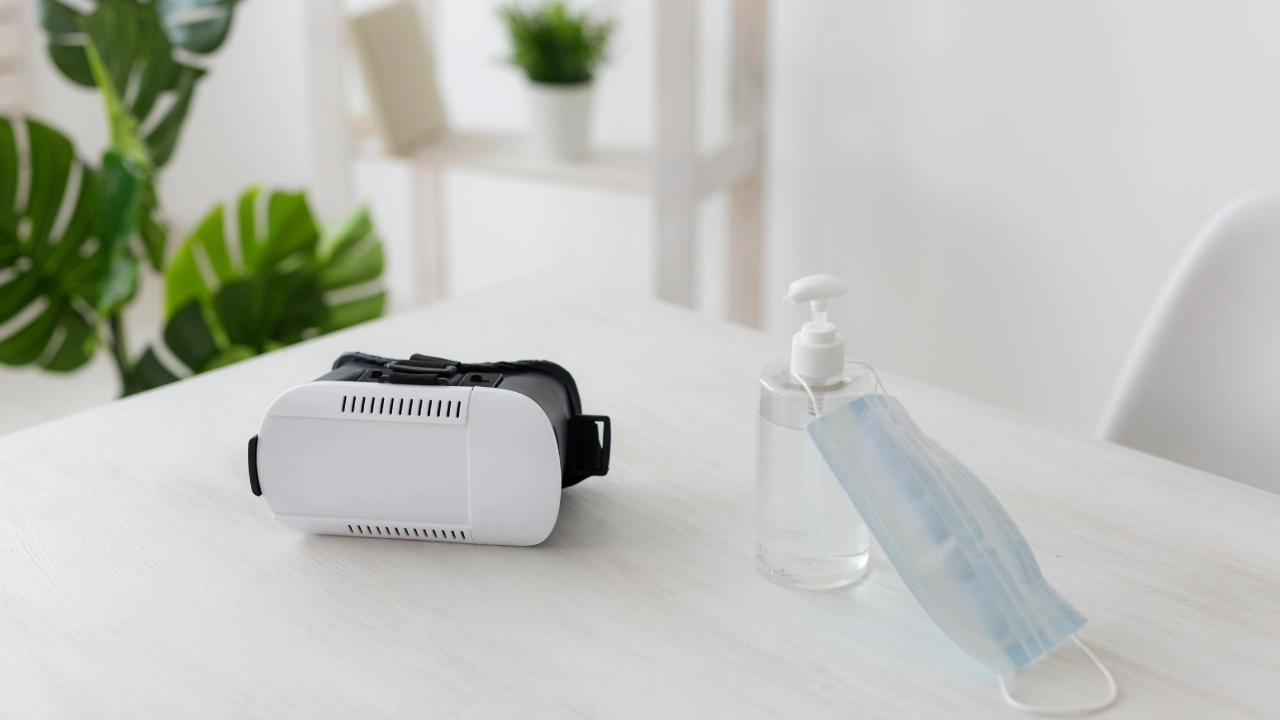Copyright techgenyz

In urban areas where PM2.5 commonly spikes, a wearable air purifier can be a sensible part of a great protection plan.The tech world needs to put the verified HEPA solutions first, with independent testing and wearables serving as just one layer among many.Individual devices can make breathing cleaner on a short-term basis, but the lasting solution resides in collective action. Air in most Indian metros tends to read like a warning sign: hazy-looking mornings, repeated “poor” or “very poor” AQI days, and the constant beat of health advisories. It is thus no surprise that small, portable air purifiers—portable enough to be hung around the neck or strapped near the face—have emerged as both stylish accessories and purportedly handy convenience for the commuting public, pedestrians, and outdoor laborers. The question for a technology-literate reader is simple: do they actually cut the number of airborne pollutants inhaled on crowded traffic streets and congested transit centers, or are they a gadget-age placebo? What are wearable air purifiers, and why all the fuss? Wearable air purifiers are tiny, battery-driven units designed to provide a cleaner micro-environment around the wearer’s breathing space. There are two primary technical methods prevalent in the marketplace. The first is filtration-based: small fans draw ambient air through miniature HEPA or electrostatic filters before it enters the nose and mouth. The second method is based on ionization: negative-ion generators charge particles in the air around us so they either agglomerate and drop out of the breathing area or stick to nearby surfaces. Marketing text usually advertises PM2.5 reductions, pollen, bacteria and even viruses, framing these devices as a personal cleaner air bubble for commutes, street-corner waits and quick outdoor runs. Big appliance makers and agile startups alike have jumped into this space with different engineering compromises. More expensive filter-based models usually contain replaceable H13-grade filters, a compact blower and multi-hour batteries in sleek, mask-like packages. Lower-cost neckband units are often filterless and rely on ionization to make claims for particle removal. Market progress has passed the novelty stage: wearables are now extensively featured on consumer electronics channels and increasingly featured in city health debates. For individuals who spend all day outdoors or are regularly around immediate pockets of dense pollution, the allure is clear—handy protection that does not involve a whole respirator or cluttering tabletop purifier. What the science says: promise, reality and caveats The technical reality is complex. Laboratory experiments and controlled field trials show that some wearable purifiers are able to lower particle concentrations in the immediate breathing area under certain conditions, but actual performance varies widely by device type and environment. Filter-based wearables that are able to achieve an effective airflow over a true HEPA medium can measurably reduce exposure to pollen and other model aerosols in test applications. That empirical cue is encouraging for the allergy sufferer and for short-duration, high-exposure events. Ionizer-type, filterless devices show a more varied picture. Independent testing has consistently demonstrated that many ionizers have little to offer but modest, measured reductions in steady-state concentrations of particles under real-world conditions—often far short of marketing promises. Furthermore, ineffective design can produce unwanted byproducts like ozone, which creates yet another health aspect if a device is run continuously in close proximity to the face. Studies of portable tabletop air cleaners make one thing clear: filtration is effective when enough air moves through a good filter. It is difficult to translate that physics into a compact wearable form factor, which is why no wearable creates a really “clean room” around the wearer. The main conclusions are that device architecture counts, laboratory characterization is critical, and filter-based units tend to outperform passive ionizers for particle reduction in most test conditions. Practical strengths and limitations for Indian commuters For daily life in Indian metros, wearable air purifiers possess both strategic advantages and obvious boundaries. For brief, intense exposures—getting off a bus in a traffic-bottlenecked intersection, standing on a packed station platform, or walking along an arterial street in a densely congested road—a well-designed wearable HEPA device can decrease the immediate load of particles being brought into the lungs relative to no individual protection. That advantage is most applicable to short trips or spurts of outside time as opposed to constant, extended exposure. Premium models also attempt to balance filtration with comfort and speech clarity, responding to complaints about bulk and communication issues that afflict full-face respirators. Wearable units still are not a replacement for certified respirators or heavy-duty indoor filtration systems. In cases of extended heavy exposure, medical-grade respirators like N95/FFP2 equivalents are a more effective barrier. Similarly, a well-fitting indoor HEPA cleaner in a bedroom or office has a much greater effect on time-weighted exposure over several hours compared to what a wearable can offer. Real-world performance variations make decisions even more difficult to make: too many devices are tested in a hypothetical case and independent tests often demonstrate considerably less particle suppression in real urban situations. There is also a safety issue with some ionizing devices: possible generation of ozone and chemical byproducts further support the suggestion to favour devices tested and certified for low or zero ozone emissions. In brief, wearables are a helpful adjunct for commuters and high-risk personnel, but not a substitute for systemic interventions or professionally certified personal protective equipment in high-exposure settings. Buying guide: what to look for before buying a wearable To select a wearable purifier, technical specifications that affect real-world effectiveness need to be considered. Above all, filtration technology must be taken into account: true HEPA filtration (H13 or H14 if available) is better at particulate removal than unfiltered ionizers. Filter-grade devices have a more justifiable engineering rationale for minimizing PM2.5 and allergen exposure. Third-party lab or university validation over manufacturer statements is the second essential test: ensure that independent testing confirms its performance. Startups and companies may point to in-house test labs—objective validation of scope, methods and findings keeps expectations from being unfairly high. Battery life and airflow are reasonable compromises to consider side by side. More airflow modes will provide greater protective performance in the breathing zone but consume battery capacity more quickly, so reported run times should be substantiated with actual user feedback where feasible. Safety and certification information is also relevant: for ionizers, specific ozone emission levels are key, and for filter units, how easy and cheap replacement filters are available establishes long-term value. Comfort and hygiene are not insignificant issues—uncomfortable wearable devices that are difficult to clean or costly to maintain soon sit in a drawer. Replaceable filters, washable parts and ease of wear are qualities that determine if a product is going to stay in everyday use. Verdict — nice-to-have or must-have? For the regular commuter in an Indian metropolis, a wearable air purifier is best described as a helpful addition instead of a necessity. The devices excel as short-term, tactical solutions—products to decrease current inhaled particle doses while taking a dusty walk, riding in a crowded vehicle, or doing a short outdoor errand. They are especially valuable for allergy patients or individuals with particular sensitivities who enjoy any greater decrease in exposure when combined with other interventions. But the larger public-health problem is structural, and the long-term fix for city air quality is cleaner fuels, more stringent emissions controls, improved public transit infrastructure and urban dirt control. Personal devices can provide quick, personal relief, but they can’t substitute for policy-driven reductions that cut pollution at scale.



